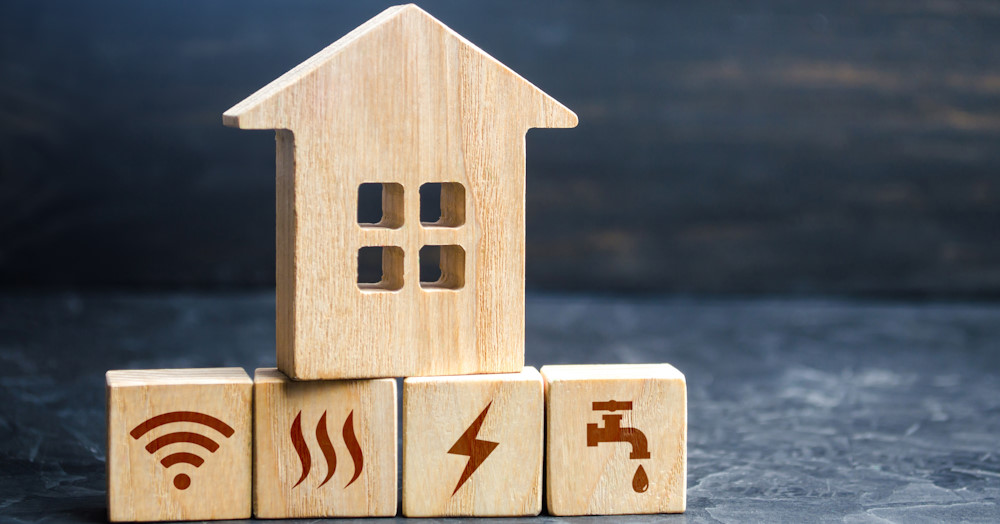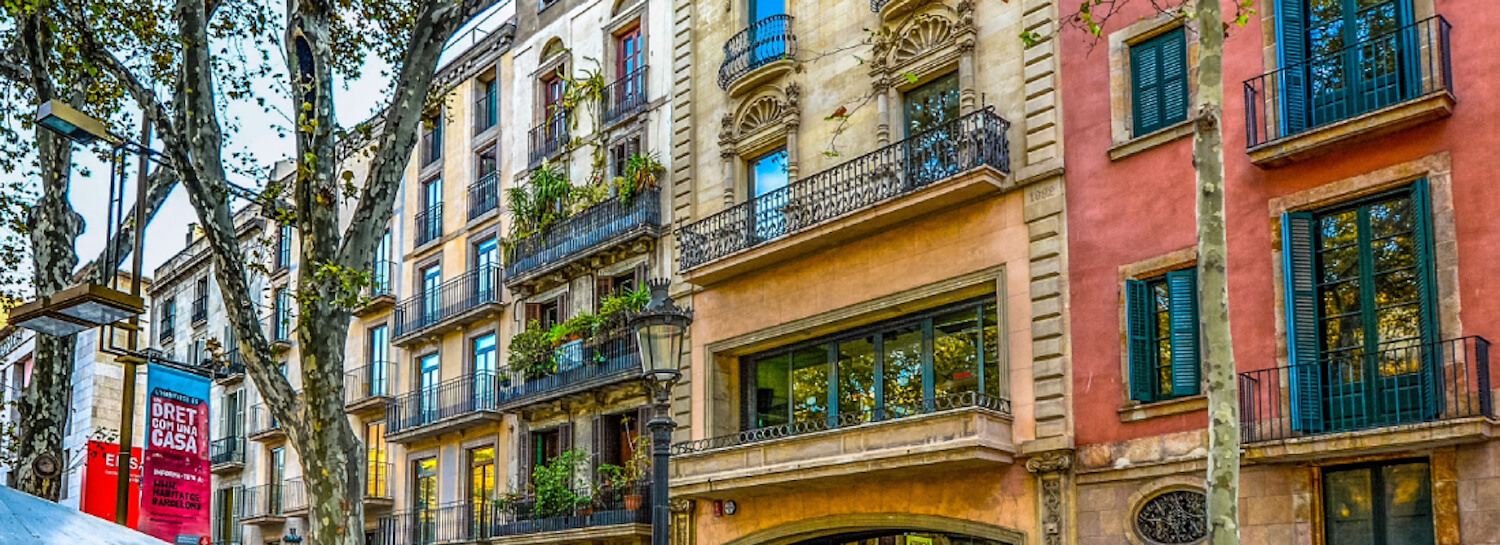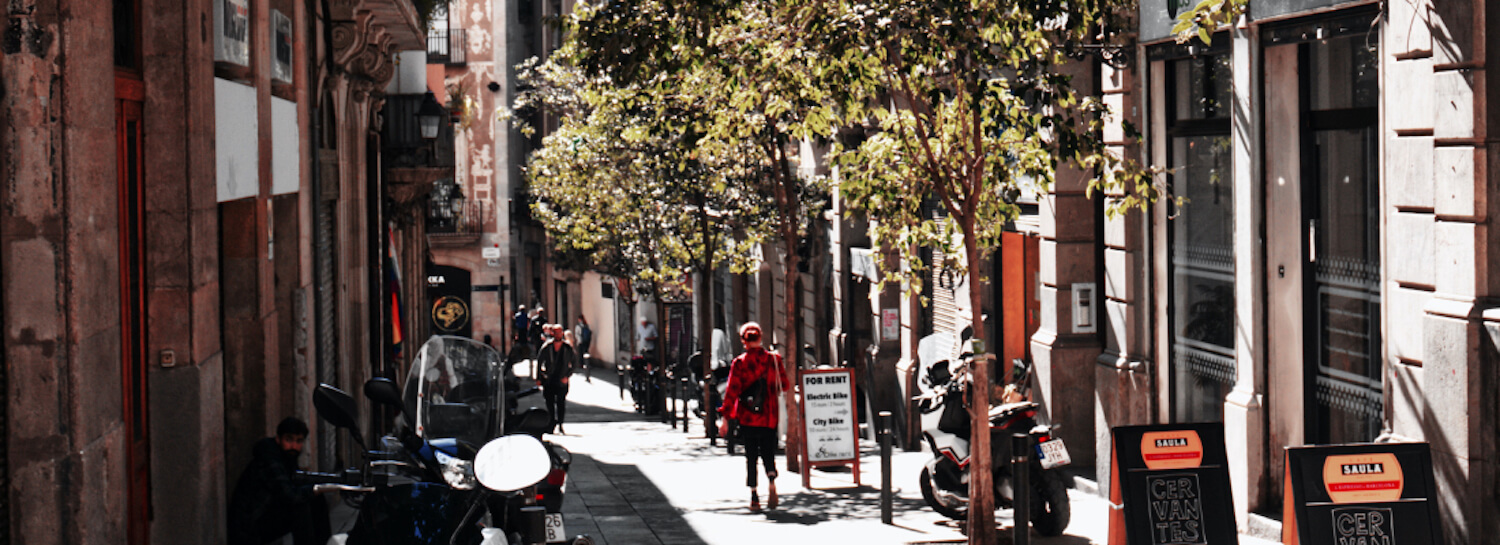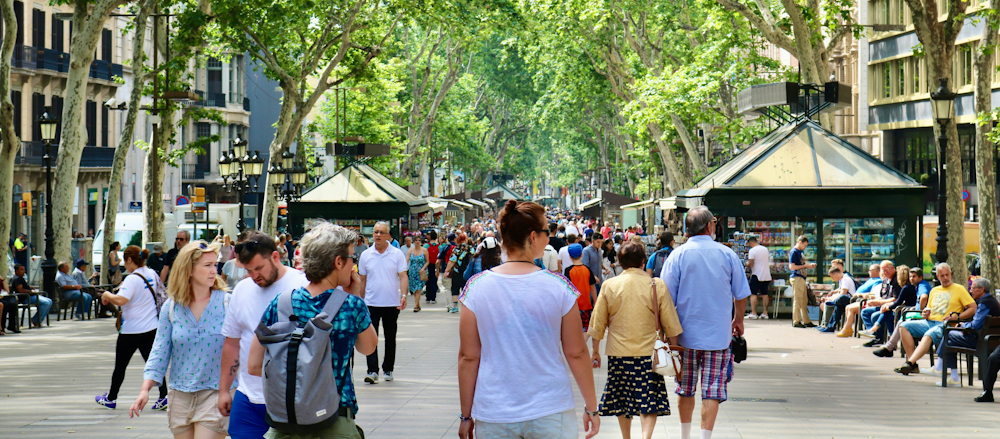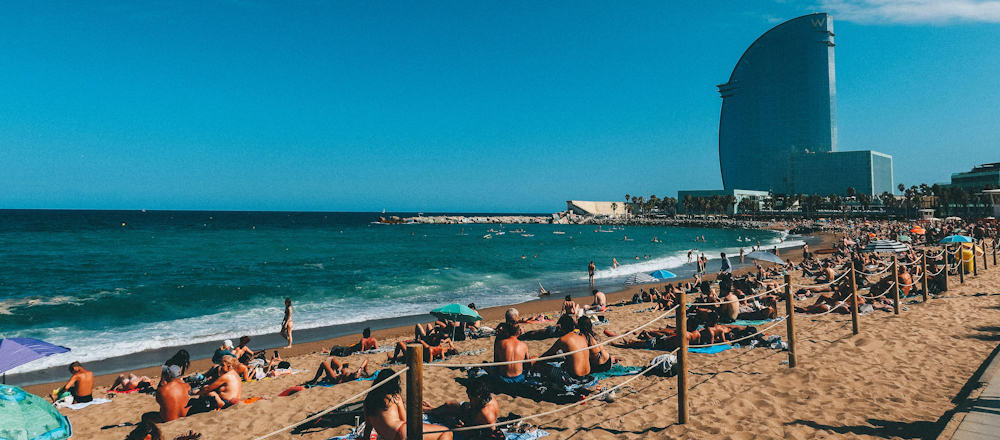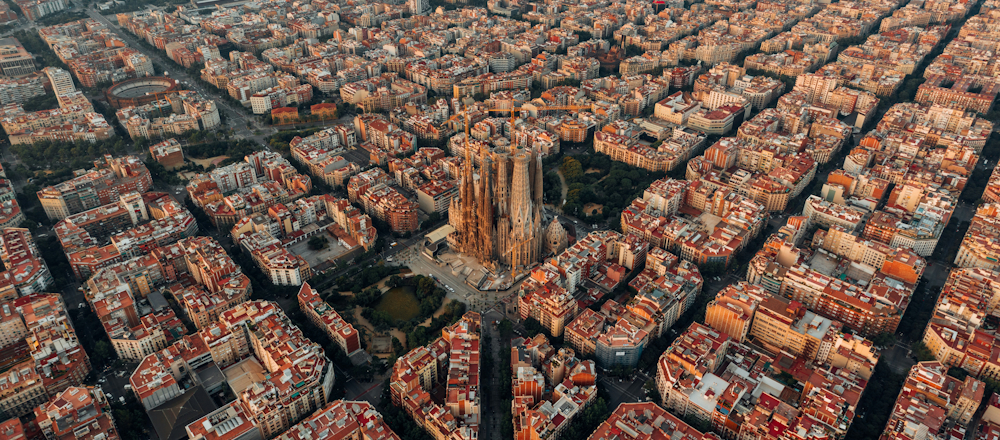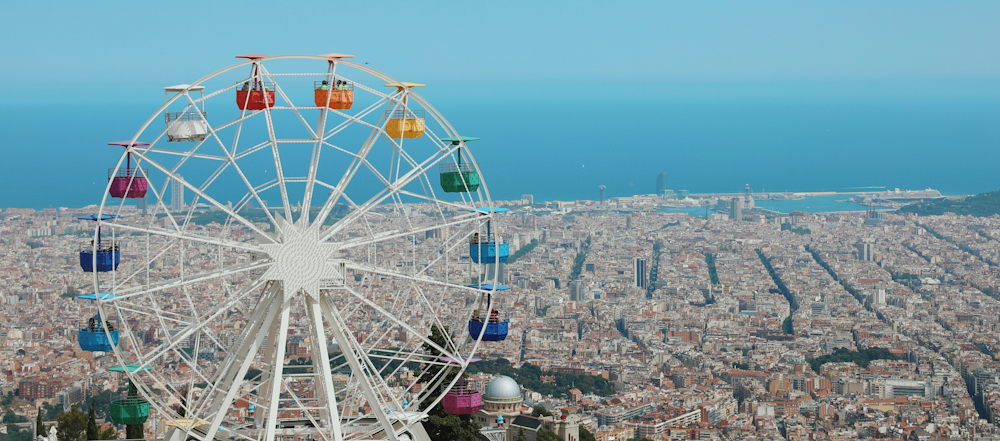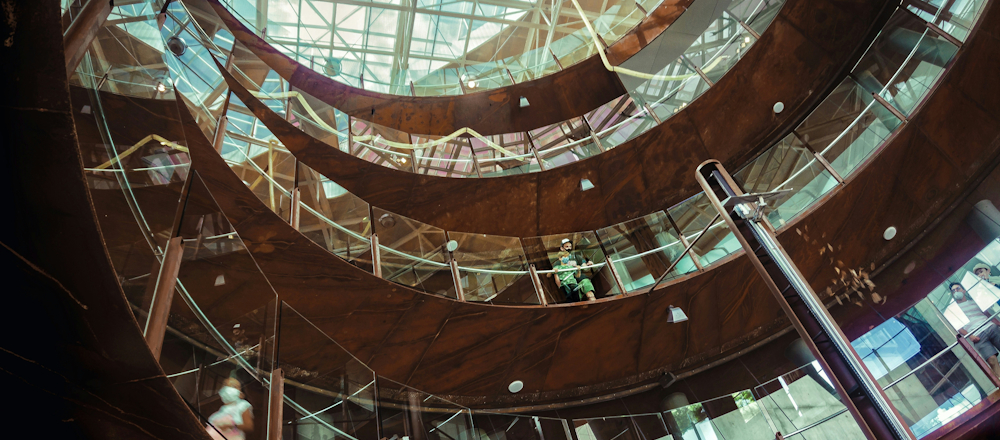Moving to Barcelona, you’ll find yourself in one of the most picturesque and charming destinations in Europe. Set against a backdrop of mountains and hills, Barcelona is 125 miles (200km) south of France and located on the Costa Daurada between the Llobregat and Besòs river mouths. The city is renowned for its architectural beauty, cultural character and the way tradition sits alongside innovation.
Living in Barcelona as an expat
Aside from its architectural and cultural charms, the city is characterised by a pulsating social scene and eclectic neighbourhoods that stretch alongside the sparkling Mediterranean.
While Barcelona has a thriving economy, salaries tend to be lower than in other major European cities. The tourism industry generally pays rather well and employs many expats. The city’s economy has largely recovered from the pandemic, with substantial visitor numbers returning. Other major industries where you may be able to find work are manufacturing, technology, logistics, healthcare, and education. The technology sector has seen particularly strong growth, with Barcelona now ranking as a major European tech hub.
One of the biggest drawbacks you’ll face when living in Barcelona is the city’s infamous bureaucracy. You’ll need to be prepared to go through multiple hoops to secure essential things such as an NIE number and Empadronamiento. Proficiency in Catalan or Spanish will go a long way in making your stay in Barcelona more fruitful. While Spanish is more widely understood, many local jobs require Catalan, and it’s particularly useful for full integration into the community.
Accommodation is usually expats’ biggest expense, and Barcelona is currently experiencing a housing crisis, with property prices having risen 38 percent over the past decade. The rental market is particularly challenging, although Barcelona’s 2024 decision to ban tourist apartments by 2028 may increase long-term rental availability for residents. Spain’s new housing law also limits annual rent increases to 3 percent for existing tenants. In the meantime, the process of finding a home to rent is cutthroat, as people scramble to secure property close to transport hubs, schools, and shops.
Social Scene in Barcelona
Best Places to Live in Barcelona
Renting Accommodation in Barcelona
Cost of living in Barcelona
The cost of living in Barcelona is relatively low compared to cities like New York and London. Even Madrid is slightly more expensive to live in for most expats. However, as salaries in Barcelona are lower than in these cities, it can seem rather expensive if you’re earning here. Everyday expenses such as utilities, transport, and groceries are not expensive in Barcelona, and the main costs for expats will rather be things such as rent and international schools.
Cost of Living in Barcelona
Public Transport in Barcelona
Expat families and children
With plenty of activities available for children in the city, you’ll have no trouble entertaining your little ones. Green spaces abound in Barcelona, and there are also gorgeous spots for day trips or weekend getaways with the family not far from the city. Spain’s extensive rail network also allows for easy travel around the country with the whole family.
There are plenty of high-quality Spanish schools, as well as international schools in Barcelona. For parents with young children, sending them to a Spanish school may be recommended to assist them in immersing themselves in the language and culture. Expat parents also needn’t worry about healthcare in Barcelona, as the Catalan public health system is free and accessible.
Kids and Family in Barcelona
International Schools in Barcelona
Healthcare and Hospitals in Barcelona
Climate in Barcelona
Barcelona is blessed with hot summers and mild winters, making the weather ideal for most of the year. You'll be able to entertain yourself outdoors all year.
Weather and Climate Charts in Barcelona
If you’re moving to Barcelona for pleasure or have been lucky enough to secure a job beforehand, you’ll find no better place to discover. Living in a city that is shaped by Catalan heritage, expats who make an effort to learn the language and immerse themselves in the culture will find it hard to ever leave Barcelona.




